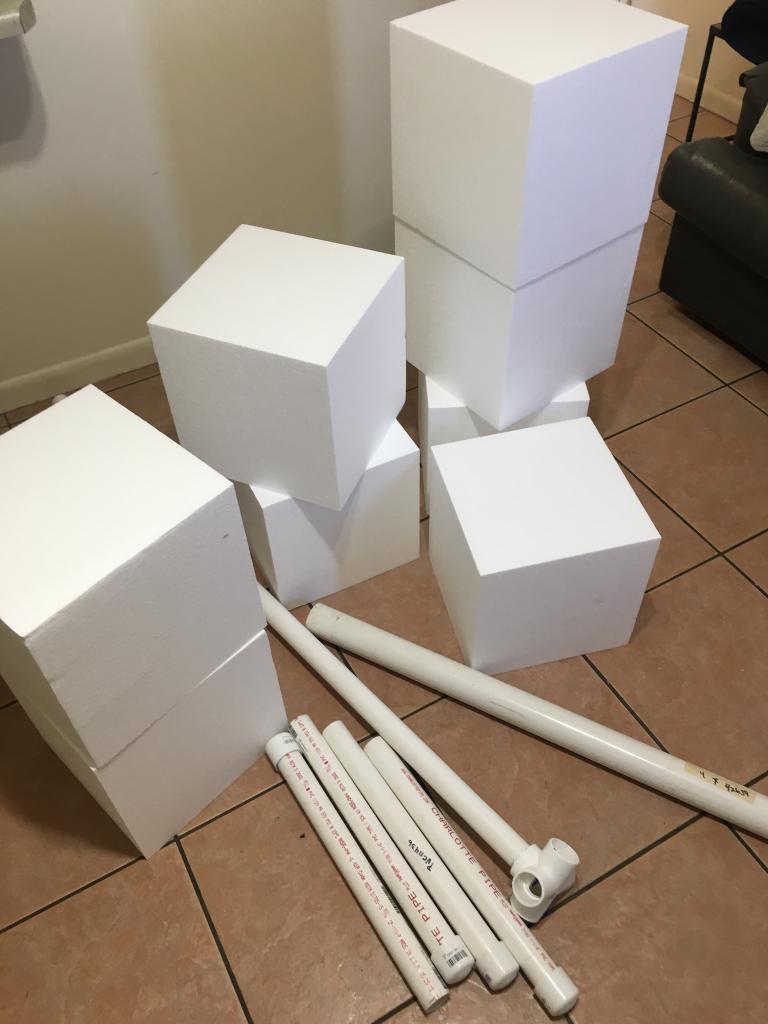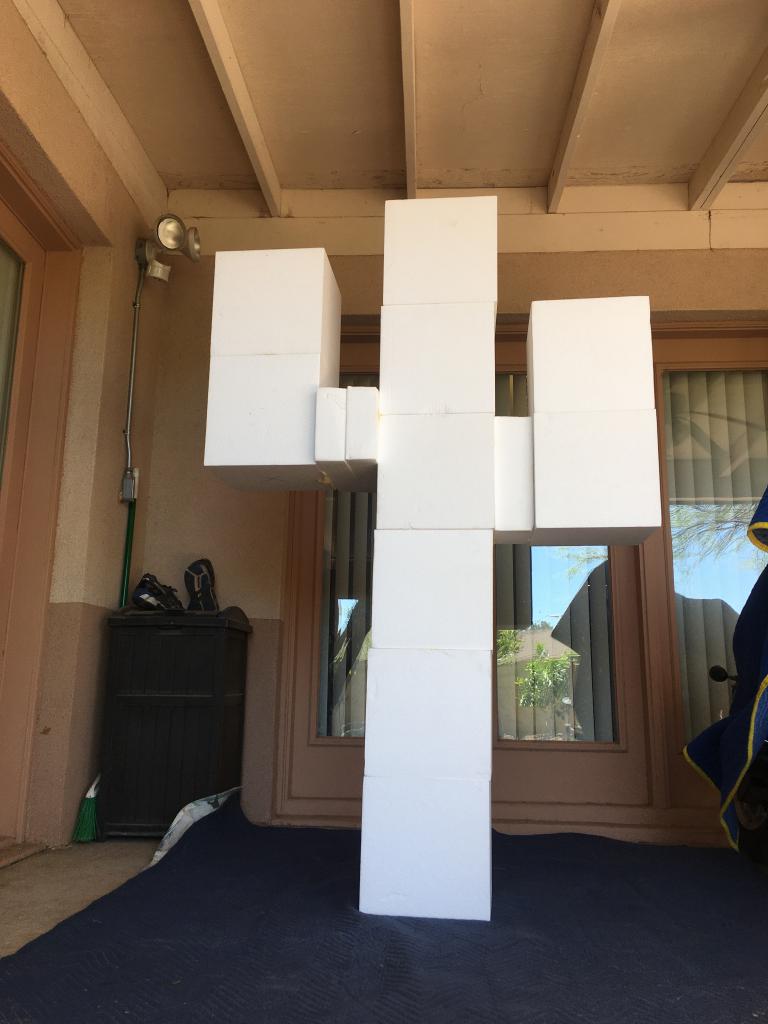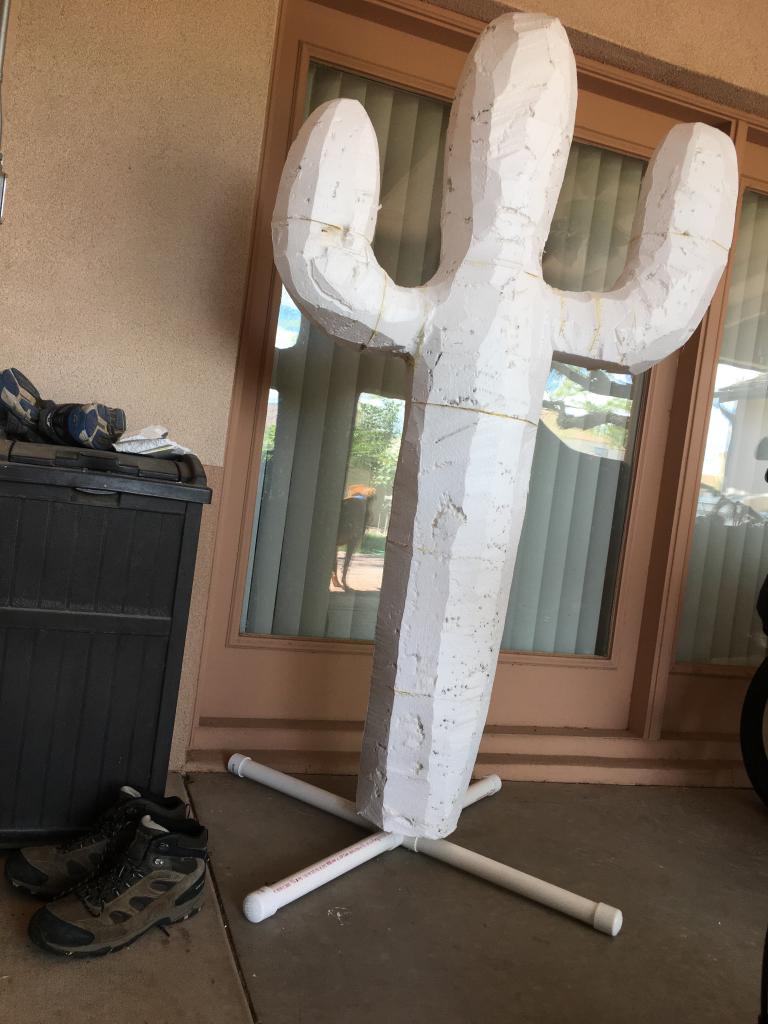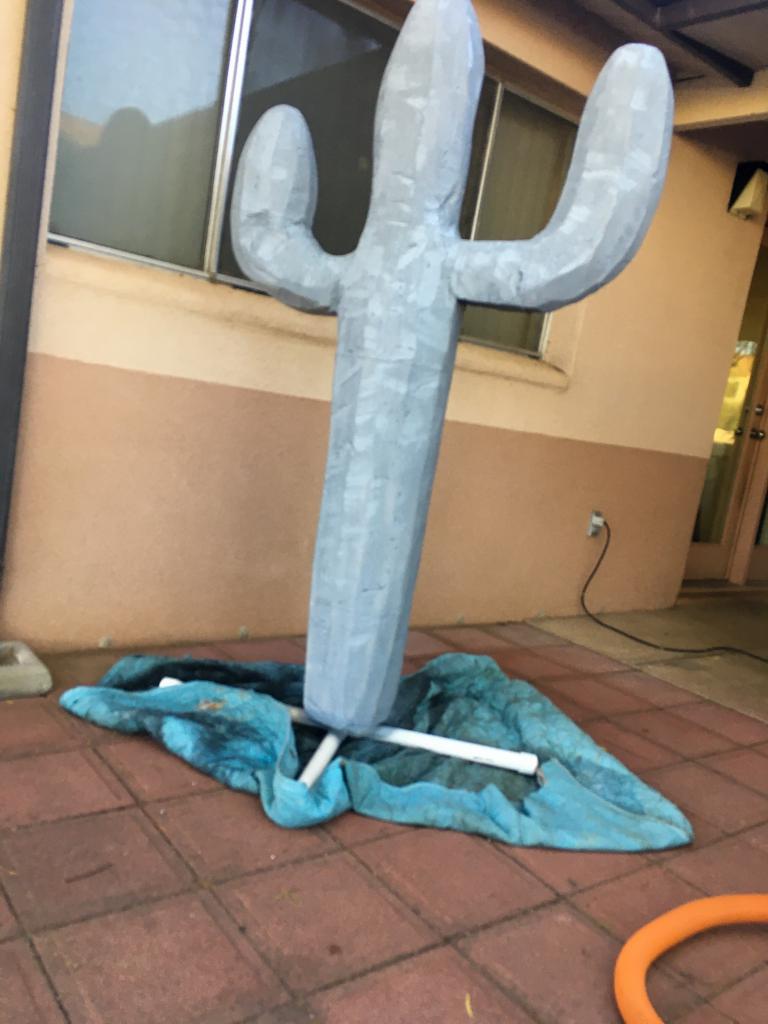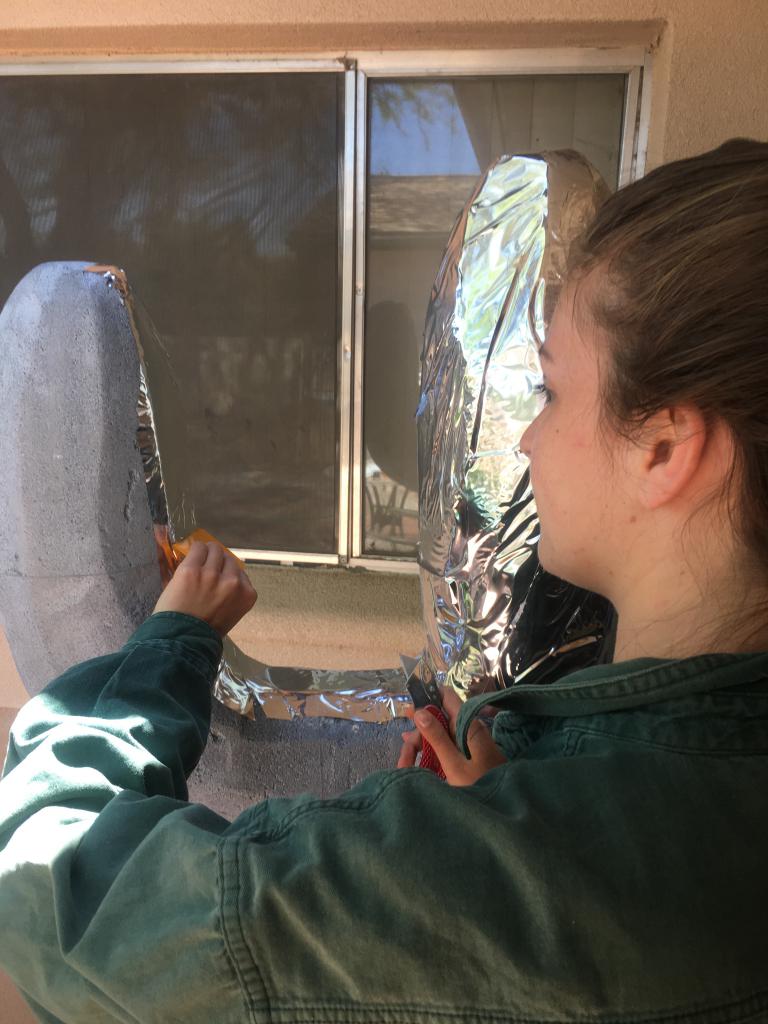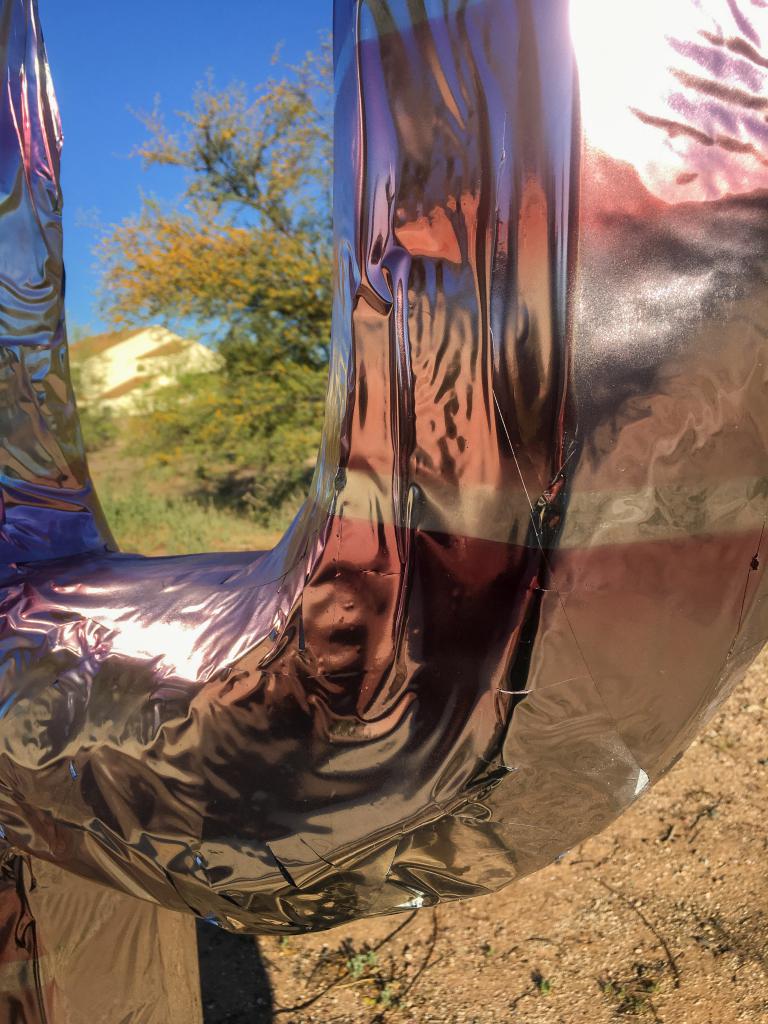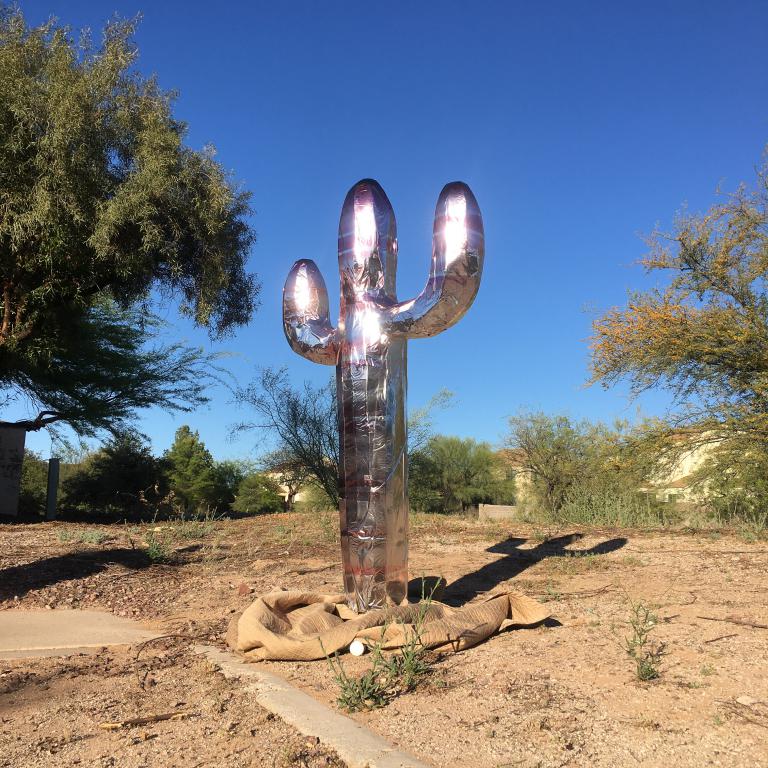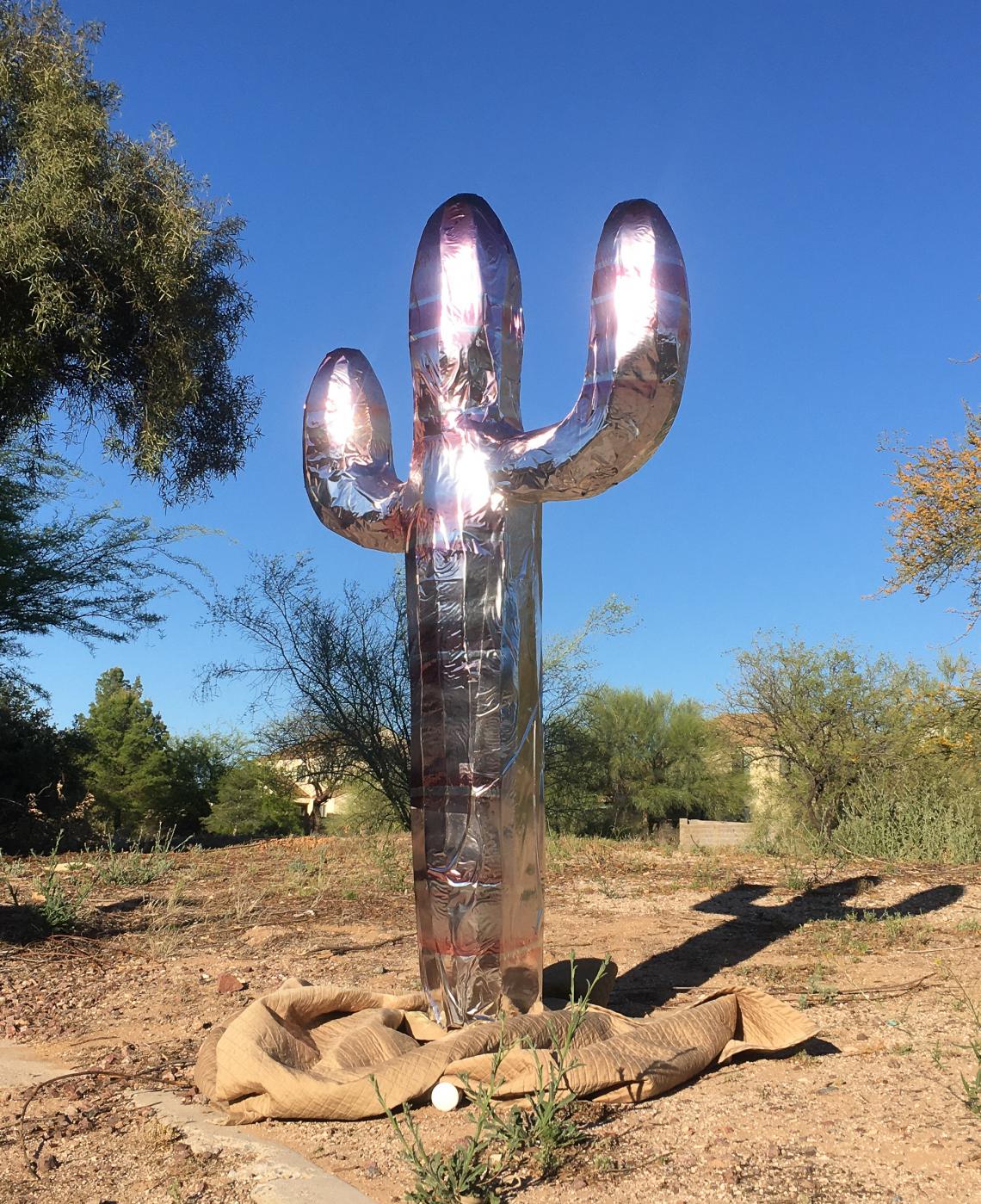Classroom Snapshot: Sculpting a Saguaro for Climate Science
To complete her honor's thesis, environmental science major Rae Pickens wanted to create a science-art collaboration for the Tucson community.
20200423-Rae_Art_Selfie_1.jpg
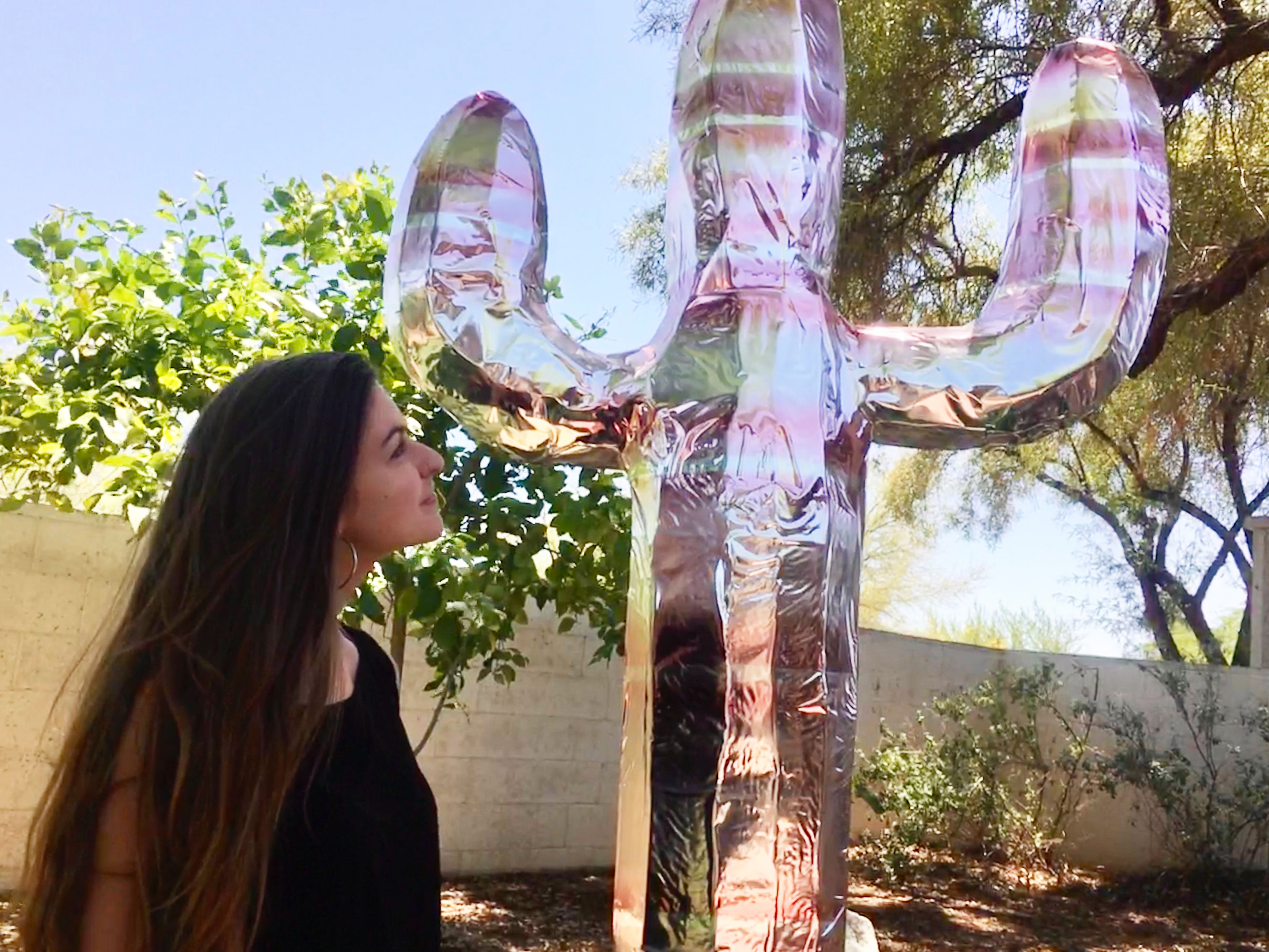
Graduating senior Rae Pickens researched the most effective examples of art and science collaboration, using what she found to create her own art piece.
As a graduating senior and Spring 2020 Outstanding Senior for the College of Agriculture, Life and Environmental Sciences, Hannah "Rae" Pickens knows successful communication and translation is vital to the scientific process.
So, she decided to carve a sculpture to tackle one of the—arguably—toughest environmental issues to effectively communicate: climate change.
Because she wished her art piece to impact her local community, she chose one of the defining flora of the Sonoran Desert, the saguaro cactus.
“The goal of my climate art is to prompt questioning, elicit an emotion, and make people start to care.”
To add to the science communication challenge, the COVID-19 pandemic keeps the senior from displaying her art piece on the University of Arizona campus in the spring 2020.
But Pickens remains optimistic. She’s working with local organizations, such as Biosphere 2 and the Arizona-Sonora Desert Museum, to have her piece live on.
For now, she'll rely on digital mediums to share her climate art, including a video explanation and behind-the-scenes images of her creative process.
Watch and listen to Pickens' explain her climate art for ENViSion 2020 at Earth Week.
Why A Saguaro Sculpture
Abstract & Sculpture by Rae Pickens
Art is a valuable tool for communicating science.
It can encourage participation—eliciting visceral, emotional responses—and engage the audience in a way not traditionally seen in scientist-to-audience transmission.
Climate change is especially challenging. Since the issue first entered the public sphere, many view climate change abstractly or refuse to acknowledge its dangers.
The piece uses the symbol of the saguaro overlaid with warming stripes, a series of colored stripes chronologically ordered to visually portray long-term temperature trends.
The purpose of this installation is to elicit a form of audience buy-in through creating multiple modes of audience participation and understanding, including the incorporation of a beloved symbol and use of reflective material so the audience may see themselves in the sculpture.
The sculpture is intended to communicate an aspect of climate change central to Tucson, warming temperatures, using a well-known symbol by the community, the saguaro cactus.
Scroll to see the the steps to create this climate art sculpture
